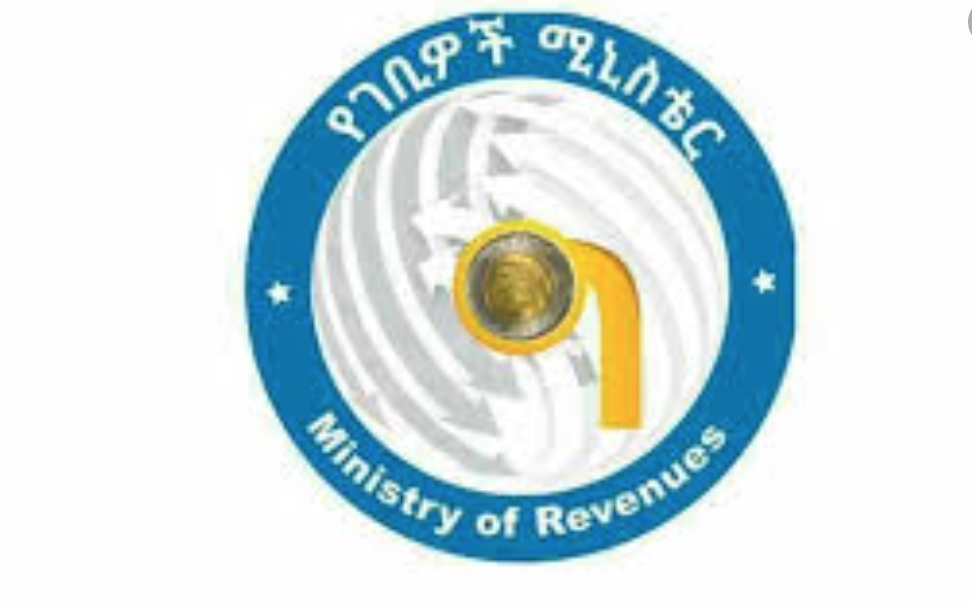
Life Matters | Nov 19,2022
The government is considering a significant structural reform by unbundling Ethiopian Electric Power (EEP), which may see a two-way split where one would oversee power generation and the other would deal with infrastructure and transmission development as well as institutional operations. The power generation wing would be tasked with building and operating power plants, whereas the latter would work on building and maintaining transmission lines.
The split was proposed through a power sector reform roadmap that was initiated last year with the support of the World Bank. The document, which was finalised six months ago, has four pillars that concern tariff revision, debt restructuring, achieving universal access, and performance improvement.
Consultations on the roadmap with the ministries of Water, Irrigation & Energy and Finance were held at the end of last month. It is expected to be tabled to the macroeconomic committee, which is chaired by Prime Minister Abiy Ahmed (PhD), and the board of directors of EEP, Ethiopian Electic Utility (EEU) and the Ethiopian Energy Authority this coming week. The reform timeline calls for implementation in three to four years after a year of preparation.
A huge deficit in electric access, unreliable and poor quality service, and a weak regulatory framework are among the issues that triggered the reform, according to Frehiwot Woldehanna (PhD), state minister for Water, Irrigation & Energy in charge of energy sector.
The provision of reliable, quality and affordable electric service, ensuring the financial sustainability of utilities, and private sector engagement through different modalities of the PPP framework, including independent power production, privatisation and shareholding, are the expected outcomes of the reform, according to Frehiwot.
EEP and EEU are among the institutions that the government intends to partially privatise; however, they have been strapped with low institutional capacity and structural problems requiring deep reform before proceeding with the process. EEP carries massive debt, and the total combined liabilities of EEP and EEU account for 16pc of national GDP. There is a 21pc power loss in the electrical system, while nearly 60pc of the population is offline.
Four alternate options for privatising EEP and EEU exist, including selling shares of the institutions, selling majority shares of individual companies, selling minority shares of individual companies, or the concession of individual existing institutions.
"If we want independent power producers (IPPs) to have a market-based transaction," said Frehiwot, "there should be an independent transmission company that can fairly treat public and private power producers."
Eight years back, the former Ethiopian Electric Power Corporation (EEPCo) was split in two. EEP was formed to oversee power generation and transmission, while Ethiopian Electric Utility (EEU) was meant to handle distribution and sales. The Ministry of Water, Irrigation & Electricity coordinates and oversees the sector, while the Ethiopian Energy Authority functions as a regulator.
Both theoretically and from observations of other countries' experiences, especially developed countries, unbundling makes the power sector more efficient, according to Tigabu Atalo, an independent power consultant.
"However, the concept hasn’t worked before in Africa, since the regulatory bodies aren't capable or strong enough," he said.
The Ethiopian Energy Authority has to handle the unbundling process, according to Tigabu, who adds that the Authority has thus far not been strong and visible with its activities.
The basic reason for further unbundling EEP is to remove the bottleneck for the private sector or IPP when the generation and transmission line owner is EEP, since EEP would put itself first regardless, and there is no way for the private sector to be ensured, according to the expert.
The ongoing tariff amendment would also end, with further improvement to follow, according to the reform plan. Ethiopia made a revised electricity tariff in 2018 after conducting a five-year study. The rate is set to rise progressively toward a four-fold increase until next year. The tariff amendment, which was made after 12 years, aims at increasing the power tariff from 0.02 dollars/kWh to 0.07 dollars/kWh by the end of 2021.
PUBLISHED ON
[ VOL
, NO
]

Life Matters | Nov 19,2022

Viewpoints | Sep 20,2025

Fortune News | Jan 09,2021

Radar | May 18,2024

Radar | Feb 11,2023

Fortune News | Sep 08,2019

Fortune News | Sep 30,2021

Fortune News | Aug 13,2022

Radar | Aug 27,2022

In-Picture | May 25,2019

Dec 22 , 2024 . By TIZITA SHEWAFERAW
Charged with transforming colossal state-owned enterprises into modern and competitiv...

Aug 18 , 2024 . By AKSAH ITALO
Although predictable Yonas Zerihun's job in the ride-hailing service is not immune to...

Jul 28 , 2024 . By TIZITA SHEWAFERAW
Unhabitual, perhaps too many, Samuel Gebreyohannes, 38, used to occasionally enjoy a couple of beers at breakfast. However, he recently swit...

Jul 13 , 2024 . By AKSAH ITALO
Investors who rely on tractors, trucks, and field vehicles for commuting, transporting commodities, and f...

Oct 25 , 2025
The regulatory machinery is on overdrive. In only two years, no fewer than 35 new pro...

Oct 18 , 2025
The political establishment, notably the ruling party and its top brass, has become p...

Oct 11 , 2025
Ladislas Farago, a roving Associated Press (AP) correspondent, arrived in Ethiopia in...

Oct 4 , 2025
Eyob Tekalegn (PhD) had been in the Governor's chair for only weeks when, on Septembe...